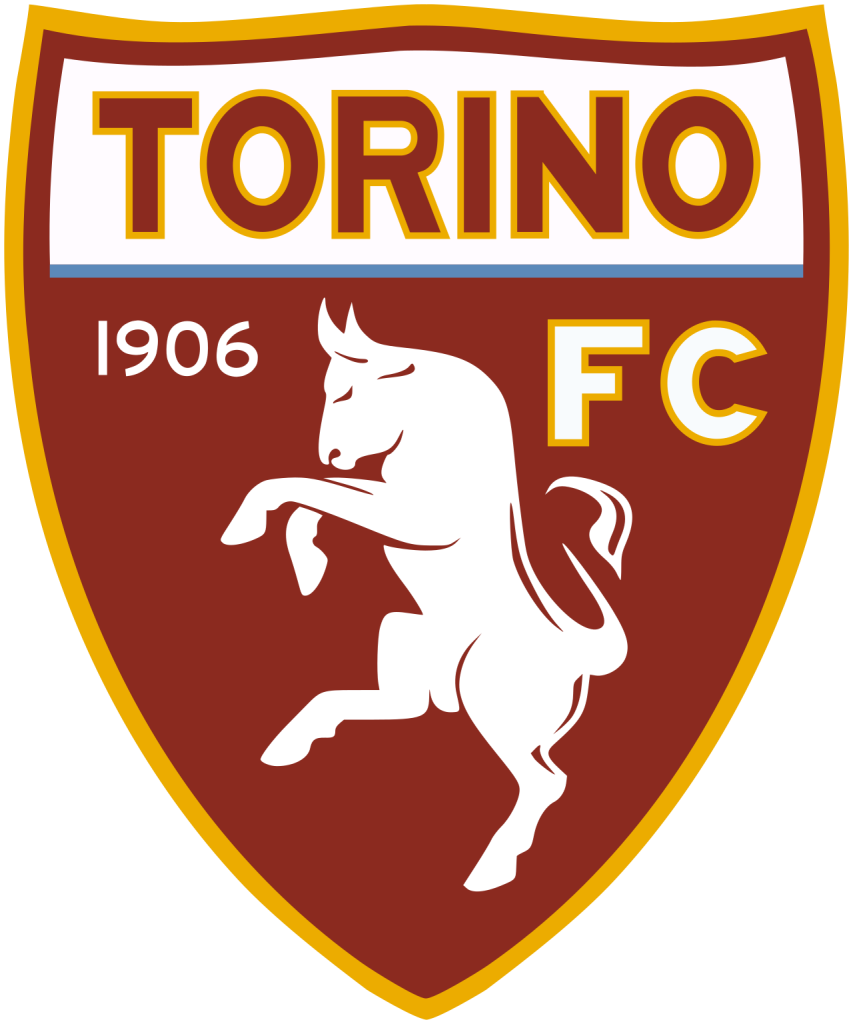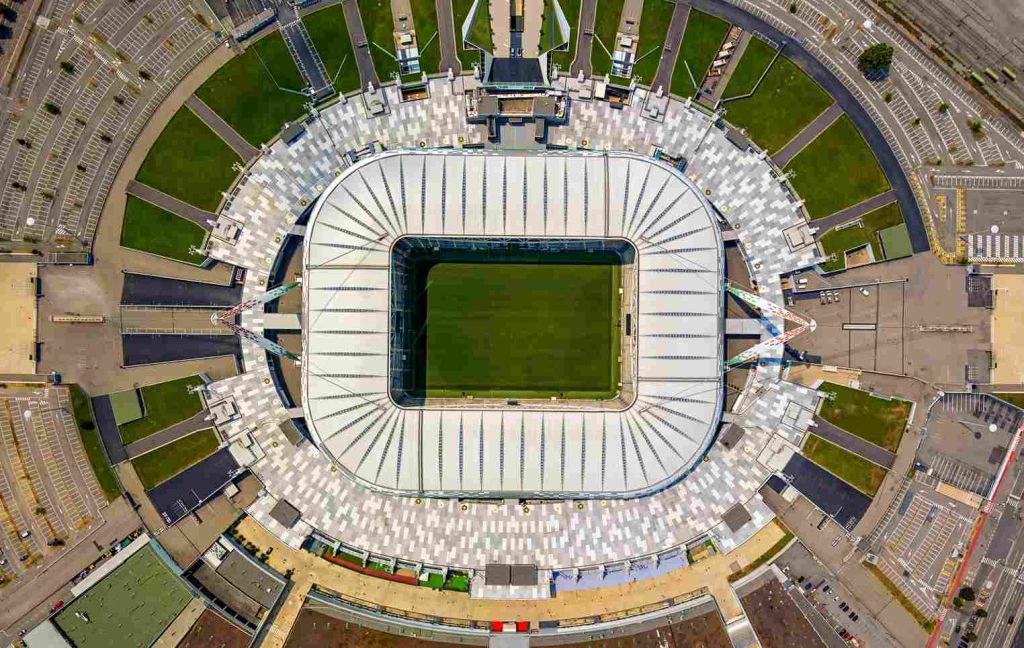Turin, the capital of the Piedmont region in northwest Italy, is famous not only for its art, industry and chocolate but also for a deep and historic football rivalry. The city hosts two major clubs: Torino F.C. and Juventus F.C. Their close proximity – both teams based in the same urban area – feeds a rivalry that goes beyond sport and touches identity, history and social allegiances.

Juventus, founded in 1897, is one of the most successful and widely supported clubs in Italy and Europe. Known as “La Vecchia Signora” (The Old Lady), Juventus has won dozens of Serie A titles, multiple Coppa Italia trophies, and several European honors. Historically associated with middle-class and industrial circles, Juventus developed a national and international following due to sustained success, strong organization and significant financial backing. The club’s black-and-white striped kit and large stadium have become symbols recognizable across footballing continents.

Torino F.C., founded earlier in 1906 in its modern form but with roots into the city’s football culture, has a different but deeply felt identity. The team’s nickname, “Il Toro” (The Bull), reflects the heraldic symbol of the city. Torino’s greatest era came in the 1940s with the Grande Torino side, a team considered one of the best in football history; tragically, most of that squad perished in the Superga air disaster of 1949. That catastrophe left a lasting mark on the city and cemented Torino’s place in local memory. Compared to Juventus, Torino has fewer national titles today, but it retains a passionate, often family-oriented fanbase that prizes local pride and history.
The derby between the two clubs, known as the Derby della Mole (named after Turin’s Mole Antonelliana landmark), is one of Italy’s most charged fixtures. Matches are rarely just about three points; they are about civic pride. For many Torino supporters, the derby is a way to honor the memory of the Grande Torino and assert local identity against Juventus’ national dominance. For Juventus fans, winning the derby reinforces a broader narrative of superiority and success.
Social and cultural factors amplify the rivalry. Historically different class associations, varying political overtones, and the clubs’ contrasting trajectories in success and resources contribute to the tension. Media attention and fan rituals make the derby a focal event each season, with strong emotions on both sides.
If you ever go to Turin, remember to take a look around the city to catch the colors of the two teams which are proudly displayed in shops or on the balconies of houses!

